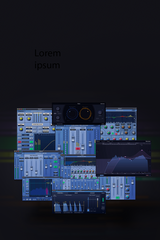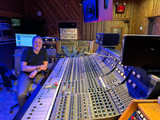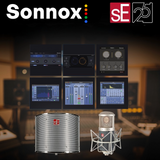26th Nov 2025
Latest blog posts
21st Nov 2025
Inside the Studio with Robert L. Smith: Craft, Mentorship, and the Making of Great Records
10th Oct 2025
Jake Warren: Songs For The Big Screen
26th Sep 2025
Oxford Inflator: The Complete Tutorial
24th Sep 2025
Unlocking the Human Feel: Groove Extraction Made Simple
16th Sep 2025
Win the Ultimate Vocal Recording Package with sE Electronics & Sonnox
10th Sep 2025
How To Set Up ListenHub In Logic Pro
29th Jul 2025
Soften: Free for Focusrite & Novation Customers
27th Jun 2025
A Farewell to Three Sonnox Classics
25th Apr 2025
Plagiarism or Pure Genius? 5 Mixing Tricks George Lever Perfected From Other Producers
10th Apr 2025











